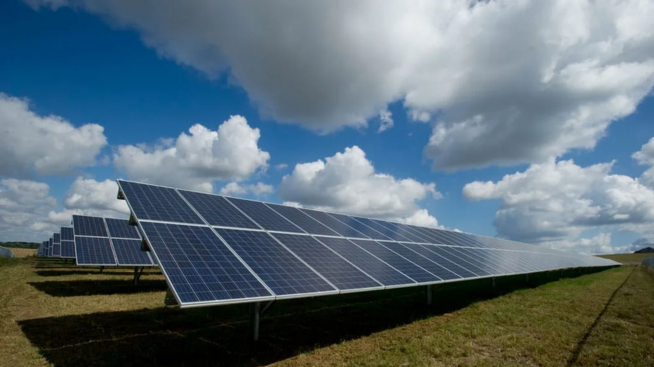
Understanding Polycrystalline Solar Panels: A Comprehensive Guide
Among the various types of solar panels available, polycrystalline solar panels have gained significant attention for their affordability and practicality. Understanding the nuances of polycrystalline solar panels is essential for anyone considering harnessing solar energy for their needs.
What is a Polycrystalline Solar Panel?
A polycrystalline solar panel, also known as multicrystalline, is one of the main types of photovoltaic (PV) panels used for solar energy systems. Polycrystalline solar panels are made from silicon crystals that are melted together and poured into molds to create the solar cells. This process results in a panel with multiple silicon crystals.
How are Polycrystalline Solar Panels Made?
Polycrystalline solar panels are crafted through a meticulous manufacturing process that begins with the extraction of raw silicon. This silicon undergoes purification and melting, forming ingots. These ingots are then sliced into thin wafers, which are assembled into a grid-like structure. The irregular arrangement of crystals within each cell distinguishes polycrystalline panels from their monocrystalline counterparts.
What are the Key Characteristics of Polycrystalline Solar Panels?
Polycrystalline solar panels typically have a blue, speckled appearance and are less efficient than monocrystalline panels, with energy conversion rates ranging from 15% to 18%. Despite their lower efficiency, polycrystalline panels are more affordable due to a simpler manufacturing process that results in less material waste. They perform moderately well in high temperatures and have a long lifespan, often covered by warranties of 25 years or more.
How do Polycrystalline Solar Panels Work?
The functionality of polycrystalline solar panels revolves around the photovoltaic effect, wherein sunlight is converted into electrical energy. When photons from sunlight strike the silicon crystals within the panel, they dislodge electrons, creating an electric current. This generated electricity can either be stored in solar batteries for later use or fed directly into the electrical grid through solar inverters.
What is the Difference Between Monocrystalline and Polycrystalline Solar Panels?
While both types of panels harness solar energy to generate electricity, they differ in terms of efficiency, aesthetics, and manufacturing processes.
Basic Differences in Structure and Manufacturing Process
The primary distinction between monocrystalline and polycrystalline solar panels lies in their crystal structure and manufacturing methods. Monocrystalline panels are crafted from single-crystal silicon ingots, resulting in a uniform black appearance and higher efficiency levels. In contrast, polycrystalline panels are made from silicon fragments melted together, forming a blue-hued surface with slightly lower efficiency levels.
Performance Variations between Monocrystalline and Polycrystalline Panels
Monocrystalline solar panels are renowned for their higher energy conversion rates and efficiency levels, typically ranging from 18% to 22%. The uniform crystal structure of monocrystalline cells enables more efficient electron movement, resulting in enhanced performance, especially in low-light conditions. On the other hand, polycrystalline panels typically have efficiency levels ranging from 15% to 18%, making them a cost-effective alternative for applications where space constraints are not a significant concern.
Choosing Between the Two Based on Specific Requirements
When deciding between monocrystalline and polycrystalline solar panels, several factors should be considered. For applications where space is limited, and maximum efficiency is paramount, monocrystalline panels may be the preferred choice despite their higher upfront costs. However, for projects with ample space and budget constraints, polycrystalline panels offer a compelling solution with competitive performance and affordability.
Conclusion
Whether you're considering a residential rooftop installation, a commercial solar project, or a utility-scale solar farm, polycrystalline panels offer versatility, affordability, and reliability. By leveraging the clean and renewable power of the sun, we can reduce our carbon footprint, mitigate climate change, and transition towards a sustainable energy future. As technology continues to advance and solar energy becomes increasingly accessible, the adoption of polycrystalline solar panels is poised to accelerate.

Comments 0